Node Mkdir If Not Exists
Node.js is a popular runtime environment that allows developers to build server-side applications using JavaScript. One common task when working with file systems is creating directories. In Node.js, the `mkdir` function is used to create directories. However, if the directory already exists, calling `mkdir` will result in an error. To handle this situation, Node.js provides an “if not exists” functionality in the `mkdir` function.
Understand the Basics of Node’s mkdir Function
Before diving into the “if not exists” functionality, let’s briefly understand the basics of the `mkdir` function in Node.js. The `mkdir` function is part of the built-in `fs` module in Node.js, which provides various methods for interacting with the file system.
To create a directory using `mkdir`, you need to specify the path of the directory you want to create as the first argument. For example:
“`javascript
const fs = require(‘fs’);
fs.mkdir(‘/path/to/new/directory’, (error) => {
if (error) {
console.error(‘An error occurred:’, error);
} else {
console.log(‘Directory created successfully!’);
}
});
“`
In the above example, the `mkdir` function is called with the path ‘/path/to/new/directory’. If the directory does not already exist, it will be created. Otherwise, an error will be thrown.
Exploring the “if not exists” Functionality in mkdir
Now, let’s explore the “if not exists” functionality provided by Node’s `mkdir` function. By default, if the directory already exists, calling `mkdir` will result in an error. However, you can override this behavior by passing an options object as the second argument to `mkdir` with the `recursive` property set to `true`. For example:
“`javascript
const fs = require(‘fs’);
fs.mkdir(‘/path/to/new/directory’, { recursive: true }, (error) => {
if (error) {
console.error(‘An error occurred:’, error);
} else {
console.log(‘Directory created successfully!’);
}
});
“`
In the above example, the `mkdir` function will create the directory ‘/path/to/new/directory’ if it doesn’t exist. If the directory already exists, it will silently return without throwing an error.
Benefits of Using “if not exists” in mkdir
The “if not exists” functionality provided by Node’s `mkdir` function offers several benefits. Firstly, it simplifies the code by avoiding the need to check if the directory exists before creating it. Secondly, it makes the code more robust by preventing errors when attempting to create an existing directory. Lastly, it saves developers time and effort by handling directory creation in a single step, without the need for additional error-handling logic.
Working with Asynchronous mkdir Function in Node
By default, the `mkdir` function in Node.js is asynchronous, meaning it does not block the execution of the code. It accepts a callback function as the last argument, which is called once the directory creation is complete or an error occurs. This allows other operations to continue while the directory is being created.
For example, consider the following code that creates a directory and then prints a message:
“`javascript
const fs = require(‘fs’);
fs.mkdir(‘/path/to/new/directory’, { recursive: true }, (error) => {
if (error) {
console.error(‘An error occurred:’, error);
} else {
console.log(‘Directory created successfully!’);
}
});
console.log(‘Continuing with other operations…’);
“`
In the above example, the message “Continuing with other operations…” will be printed immediately, before the directory creation is complete. This asynchronous behavior is useful when working with large directories or performing other time-consuming operations alongside directory creation.
Synchronous mkdir Function in Node
Node.js also provides a synchronous version of the `mkdir` function, called `mkdirSync`. This function blocks the execution of the code until the directory creation is complete or an error occurs. It does not require a callback function and returns a value indicating success or failure.
Here’s an example usage of `mkdirSync`:
“`javascript
const fs = require(‘fs’);
try {
fs.mkdirSync(‘/path/to/new/directory’, { recursive: true });
console.log(‘Directory created successfully!’);
} catch (error) {
console.error(‘An error occurred:’, error);
}
“`
In the above example, the code will block at the `mkdirSync` line until the directory creation is complete or an error occurs. This synchronous behavior can be useful in certain scenarios, such as scripts or small applications where blocking the execution is acceptable.
Handling Errors in mkdir with “if not exists”
Even with the “if not exists” functionality, errors can still occur during directory creation. Common errors include insufficient permissions, invalid paths, or disk full. It is important to handle these errors gracefully to prevent unintended consequences and improve the user experience.
In the previous examples, we’ve included basic error handling using the callback function or a try-catch block. You can customize error handling based on your specific requirements. For instance, you could display a user-friendly error message, log the error for debugging purposes, or perform alternative actions based on the error type.
Implementing Directory Creation with “if not exists” in Node
Now that you understand the basics of Node’s `mkdir` function and its “if not exists” functionality, let’s explore how to create directories in practice. Here’s an example that demonstrates creating a directory using `mkdir` based on user input:
“`javascript
const fs = require(‘fs’);
const readline = require(‘readline’);
const rl = readline.createInterface({
input: process.stdin,
output: process.stdout
});
rl.question(‘Enter the directory path: ‘, (path) => {
fs.mkdir(path, { recursive: true }, (error) => {
if (error) {
console.error(‘An error occurred:’, error);
} else {
console.log(‘Directory created successfully!’);
}
rl.close();
});
});
“`
In the above example, the code prompts the user to enter a directory path and then uses `mkdir` to create the directory. The `readline` module is used to handle user input in a console-like manner. Once the directory creation is complete or an error occurs, the readline interface is closed.
Best Practices for Using Node’s mkdir “if not exists” Function
When using Node’s `mkdir` function with the “if not exists” functionality, consider the following best practices:
1. Use the `recursive` option when creating directories to avoid errors when the parent directories do not exist.
2. Ensure proper error handling to handle any exceptions that may occur during directory creation.
3. Validate user input to prevent directory creation with invalid characters or paths.
4. Follow the asynchronous approach when creating directories, unless blocking the execution is necessary.
5. Test your code thoroughly, especially when dealing with edge cases like disk full scenarios or directories with special permissions.
FAQs
Q: How do I create a file if it doesn’t exist in Node.js?
A: To create a file if it doesn’t exist in Node.js, you can use the `fs` module’s `writeFile` function with the `flag` option set to `’wx’`. This will create a new file only if it doesn’t exist.
Q: How do I check if a folder exists in Node.js?
A: To check if a folder exists in Node.js, you can use the `fs` module’s `access` function with the `fs.constants.F_OK` flag. If the access function returns an error, the folder does not exist.
Q: How do I read a file with createReadStream in Node.js?
A: To read a file with `createReadStream` in Node.js, you can create a readable stream using `fs.createReadStream`. Pass the path of the file as the first argument and listen for events on the stream to handle the data.
Q: How do I import the path module in Node.js?
A: To import the `path` module in Node.js, you can use the `require` function and assign the returned object to a variable. For example: `const path = require(‘path’)`.
In conclusion, the “if not exists” functionality in Node’s `mkdir` function allows developers to create directories without worrying about existing directories. By understanding and utilizing this functionality, you can enhance the reliability and efficiency of your file system operations in Node.js. Remember to follow best practices, handle errors gracefully, and test your code thoroughly to ensure optimal results.
How To Check A File Exists With Node.Js Tutorial
How To Check If A Folder Exists In Node Js?
In Node.js, there may be situations where you need to verify if a folder exists before performing certain operations. Whether you are working on a file system related application or building a server-side application, checking the existence of folders is a common requirement. Thankfully, Node.js provides various built-in methods and libraries to accomplish this task efficiently and effectively.
In this article, we will explore different approaches to check if a folder exists in Node.js. We will cover everything from simple synchronous methods to more advanced asynchronous techniques. So, let’s dive in!
Method 1: Using the fs.existsSync() method
The fs module in Node.js provides the existsSync() method that can be used to check if a file or directory exists synchronously. We can leverage this method to determine if a particular folder exists. Here’s how you can do it:
“`javascript
const fs = require(‘fs’);
const folderPath = ‘/path/to/folder’;
if (fs.existsSync(folderPath)) {
console.log(`The folder ${folderPath} exists.`);
} else {
console.log(`The folder ${folderPath} does not exist.`);
}
“`
In the above code snippet, we use the existsSync() method to check if the specified folder path exists. If it does, a corresponding message is printed; otherwise, a different message is displayed.
Method 2: Using the fs.stat() method
The fs module in Node.js also provides the stat() method, which can be used to check the existence of a file or directory in an asynchronous manner. We can utilize this method to verify if a folder exists. Here’s an example:
“`javascript
const fs = require(‘fs’);
const folderPath = ‘/path/to/folder’;
fs.stat(folderPath, (err, stats) => {
if (err) {
console.log(`The folder ${folderPath} does not exist.`);
} else {
console.log(`The folder ${folderPath} exists.`);
}
});
“`
In the above code, we use the stat() method to check if the specified folder path exists. The callback function receives an error object if the folder does not exist or else the stats object, indicating the existence of the folder.
Method 3: Using the fs.promises.access() method
Starting from Node.js version 10, the fs module supports promises. We can leverage this by using the access() method, which is also available as a promise. Here’s how you can utilize it:
“`javascript
const fs = require(‘fs’).promises;
const folderPath = ‘/path/to/folder’;
(async () => {
try {
await fs.access(folderPath);
console.log(`The folder ${folderPath} exists.`);
} catch (err) {
console.log(`The folder ${folderPath} does not exist.`);
}
})();
“`
In the above code, we use fs.promises to access the promise-based version of fs. The access() method returns a promise that resolves successfully if the folder exists, and fails with an error if it does not.
FAQs
Q1. Can I check the existence of a folder synchronously?
Yes, you can use the existsSync() method from the fs module to determine the existence of a folder synchronously. However, it is generally recommended to use asynchronous methods to avoid blocking the Node.js event loop.
Q2. What is the difference between existsSync() and stat() methods?
The existsSync() method from the fs module immediately returns a boolean value indicating the existence of a file or folder. On the other hand, the stat() method is asynchronous and provides more detailed information about the file system object, such as its type and size.
Q3. Which method should I use to check if a folder exists?
The answer depends on your specific use case and programming style. If you prefer synchronous operations and do not want to block the event loop, existsSync() is suitable. However, for most applications, it is recommended to use asynchronous methods such as stat() or access() to maintain better performance.
Q4. Is it necessary to handle errors while checking for folder existence?
Yes, it is crucial to handle errors while checking for folder existence. If an error occurs, it usually means that the folder does not exist or there is a problem accessing it. Failure to handle errors can result in unexpected behavior or application crashes.
Conclusion
In Node.js, verifying the existence of a folder is essential for many applications. Whether you use the synchronous existsSync(), asynchronous stat(), or promise-based access() method, it is important to check for errors and handle them appropriately. By employing the methods described in this article, you can reliably check if a folder exists in a Node.js environment and adapt your code accordingly.
How To Create A Directory In Node Js?
In the world of JavaScript, Node.js has emerged as a powerful tool for server-side development. It provides developers with a vast array of functionality to build scalable and efficient web applications. One such functionality is the ability to create directories programmatically. In this article, we will explore how to create a directory in Node.js, covering the topic in-depth.
Node.js offers a built-in module called “fs” that provides several methods for working with the file system. To create a directory, we need to utilize the “mkdir” method provided by this module. The “mkdir” method creates a new directory with the specified path as its parameter.
Let’s start by understanding the syntax and basic usage of the “mkdir” method:
“`
const fs = require(‘fs’);
fs.mkdir(path, options, callback);
“`
Here, “path” represents the desired location for the new directory. It may be an absolute or a relative path. “options” is an optional parameter, and it can be set to specify the directory’s permissions. The “callback” function is executed once the directory creation process is complete, indicating any errors encountered during the process.
Here’s an example that demonstrates creating a directory named “myDirectory”:
“`javascript
const fs = require(‘fs’);
fs.mkdir(‘myDirectory’, (err) => {
if (err) throw err;
console.log(‘Directory created successfully!’);
});
“`
Once executed, this code will create a new directory called “myDirectory” in the current working directory. Upon successful creation, the callback function will print the message “Directory created successfully!” to the console.
To create a directory in a different location or with specific permissions, we need to modify the “path” and “options” arguments accordingly. Here’s an example that demonstrates creating a directory at an absolute path with custom permissions:
“`javascript
const fs = require(‘fs’);
const directoryPath = ‘/home/user/newDirectory’;
fs.mkdir(directoryPath, { recursive: true, mode: 0o755 }, (err) => {
if (err) throw err;
console.log(‘Directory created successfully!’);
});
“`
In this example, we have set the “path” argument to an absolute path (“/home/user/newDirectory”). The “recursive” option is set to “true” to create any necessary intermediate directories in case they don’t exist. The “mode” option utilizes the octal notation to set the desired permissions (0o755 corresponds to read, write, and execute permissions for the owner and read/execute permissions for group and others).
Frequently Asked Questions:
Q: Can I create multiple directories at once using Node.js?
A: Yes, you can create multiple directories at once using the “mkdir” method by specifying nested directories in the “path” argument.
“`javascript
const fs = require(‘fs’);
fs.mkdir(‘parent/child/grandchild’, { recursive: true }, (err) => {
if (err) throw err;
console.log(‘Directories created successfully!’);
});
“`
This example will create a directory structure with three levels: parent, child, and grandchild. The “recursive” option is set to “true” to ensure the creation of intermediate directories if they don’t exist.
Q: How can I check if a directory already exists before creating it?
A: You can use the “fs.existsSync” method to check if a directory already exists. Here’s an example:
“`javascript
const fs = require(‘fs’);
if (!fs.existsSync(‘myDirectory’)) {
fs.mkdir(‘myDirectory’, (err) => {
if (err) throw err;
console.log(‘Directory created successfully!’);
});
} else {
console.log(‘Directory already exists!’);
}
“`
This code snippet first checks if the directory “myDirectory” exists using the “fs.existsSync” method. If it does not exist, it proceeds with creating the directory; otherwise, it prints the message “Directory already exists!” to the console.
Q: How can I handle errors that occur during directory creation?
A: The “mkdir” method’s callback function allows you to handle errors that occur during the directory creation process. You can utilize the “err” parameter within the callback to handle such errors.
“`javascript
const fs = require(‘fs’);
fs.mkdir(‘myDirectory’, (err) => {
if (err) {
if (err.code === ‘EEXIST’) {
console.log(‘Directory already exists!’);
} else {
throw err;
}
} else {
console.log(‘Directory created successfully!’);
}
});
“`
In this example, we check if the error’s “code” property is equal to ‘EEXIST’ (indicating that the directory already exists). If so, we print a suitable message. Otherwise, we throw the error to be handled or logged elsewhere.
Conclusion:
Creating directories programmatically is a common requirement in many Node.js applications. By utilizing the “fs” module’s “mkdir” method, developers can effortlessly create directories with desired permissions. The ability to create directories, check their existence, and handle errors provides developers with robust tools to manage the file system in Node.js applications.
Keywords searched by users: node mkdir if not exists Nodejs create file if not exists, NodeJS write file create directory if not exists, Mkdir nodejs, Fs check folder exists, createReadStream nodejs, Import path nodejs, Path nodejs, Fs exists
Categories: Top 61 Node Mkdir If Not Exists
See more here: nhanvietluanvan.com
Nodejs Create File If Not Exists
To create a file if it doesn’t already exist in Node.js, we need to follow a few straightforward steps. First, we have to import the built-in fs module, which stands for file system. This module provides a set of functions and utilities for interacting with the file system in a node environment.
In the following code snippet, we demonstrate how to import the fs module:
“`javascript
const fs = require(‘fs’);
“`
Once the fs module is imported, we can then proceed to create a file. To check if the file already exists, we can use the fs.existsSync() function. This function takes a file path as a parameter and returns a boolean value indicating whether the file exists or not. If the file doesn’t exist, we can create it using the fs.writeFileSync() function. This function takes two parameters: the file path and the content to be written.
Here’s an example code snippet that demonstrates the process of creating a file if it doesn’t exist:
“`javascript
const fs = require(‘fs’);
const filePath = ‘/path/to/file.txt’;
if (!fs.existsSync(filePath)) {
fs.writeFileSync(filePath, ‘Hello, World!’);
console.log(‘File created successfully.’);
} else {
console.log(‘File already exists.’);
}
“`
In the above code, we check if the file at the specified path exists using fs.existsSync(). If it doesn’t exist, we create it using fs.writeFileSync(). We provide the file path and the content “Hello, World!” to be written to the file. Finally, we log an appropriate message to the console depending on whether the file was created or already existed.
Now, let’s move on to some frequently asked questions related to creating a file if it doesn’t exist in Node.js:
#### FAQ
**Q1. What if I want to specify a different encoding while writing content to the file?**
If you want to specify a different encoding, you can pass it as the optional third parameter in the fs.writeFileSync() function. The default encoding is ‘utf-8’, but you can choose any supported encoding. Here’s an example of writing content to a file with a different encoding:
“`javascript
fs.writeFileSync(filePath, ‘Hello, World!’, ‘latin1’);
“`
**Q2. How can I append content to an existing file instead of overwriting it?**
To append content to an existing file, you can use fs.appendFileSync() instead of fs.writeFileSync(). This function appends the content to the end of the file, rather than overwriting it. Here’s an example:
“`javascript
fs.appendFileSync(filePath, ‘Appended text!’);
“`
**Q3. What if the file creation fails due to insufficient permissions or other issues?**
If the file creation fails, Node.js will throw an error. To handle such errors gracefully, you can wrap the file creation code within a try-catch block. This way, you can catch any potential errors and handle them accordingly. Here’s an example:
“`javascript
try {
if (!fs.existsSync(filePath)) {
fs.writeFileSync(filePath, ‘Hello, World!’);
console.log(‘File created successfully.’);
} else {
console.log(‘File already exists.’);
}
} catch (error) {
console.error(‘An error occurred while creating the file:’, error);
}
“`
By enclosing the file creation logic within a try block, any errors that occur will be caught and logged to the console.
In conclusion, creating a file if it doesn’t already exist in Node.js is a simple process that involves checking the file’s existence using fs.existsSync() and creating the file using fs.writeFileSync() if it doesn’t exist. We’ve covered the necessary steps and provided detailed explanations along with some FAQs to help you understand the process better. Feel free to explore the file system module’s API documentation for more advanced file operations in Node.js. Happy coding!
Nodejs Write File Create Directory If Not Exists
Writing a file in Node.js is straightforward using the built-in `fs` module. The `fs` module provides various methods for file manipulation, including creating, reading, and writing to files. To write a file, we can use the `writeFile` method provided by the `fs` module. Let’s take a look at how to use it:
“`javascript
const fs = require(‘fs’);
// Specify the file path and content
const filePath = ‘path/to/file.txt’;
const content = ‘This is the content to be written to the file.’;
// Write the file
fs.writeFile(filePath, content, (err) => {
if (err) throw err;
console.log(‘File written successfully.’);
});
“`
In the above code snippet, we first require the `fs` module using the `require` statement. Next, we specify the file path and the content we want to write to the file. Finally, we call the `writeFile` method, passing the file path, content, and a callback function as arguments.
The callback function is invoked once the file is written, or an error occurs during the file write operation. If an error occurs, it is passed as the first argument to the callback function. In the example above, we simply throw the error if one occurs, but you can handle it as per your application’s requirement. If no error occurs, we print a success message to the console.
While writing files is a common task, there may be scenarios where we need to create a directory if it does not already exist before writing the file. To accomplish this, we can use the `mkdir` method provided by the `fs` module. Here’s an example of how to create a directory if it does not exist:
“`javascript
const fs = require(‘fs’);
const path = require(‘path’);
const directoryPath = ‘path/to/directory’;
// Create the directory if it doesn’t exist
if (!fs.existsSync(directoryPath)) {
fs.mkdirSync(directoryPath, { recursive: true });
}
“`
In the above code snippet, we first require the `fs` module, along with the `path` module, which provides utilities for working with file and directory paths. Next, we specify the directory path we want to create. We check if the directory exists using the `existsSync` method provided by the `fs` module. If the directory does not exist, we create it using the `mkdirSync` method, passing the directory path and an options object with the `recursive` property set to `true`.
The `recursive` option allows us to create the entire directory path, including any non-existent parent directories. This is useful when we want to create a nested directory structure without having to manually create each parent directory.
Now that we know how to write a file and create a directory if it doesn’t exist, let’s address some frequently asked questions related to this topic:
**Q: How can I handle errors during the file write operation?**
A: As shown in the code examples above, you can provide a callback function as the last argument to the `writeFile` method. If an error occurs during the file write operation, the error object will be passed as the first argument to the callback function. You can handle the error within the callback function or throw it to be caught higher up in your code.
**Q: Is there an asynchronous version of the `mkdir` method?**
A: Yes, the `fs` module provides an asynchronous version of the `mkdir` method called `mkdir`. Instead of using `mkdirSync`, you can use `mkdir` to create a directory asynchronously. This allows other operations to continue while the directory creation is in progress. You can provide a callback function to handle any errors or log a success message once the directory is created.
**Q: Can I write data to a specific position within a file?**
A: The `writeFile` method in Node.js overwrites the entire contents of the file when writing data. If you want to append data to the end of an existing file or write data at a specific position within the file, you can use the `appendFile` or `write` methods provided by the `fs` module, respectively. These methods offer more flexibility for file write operations.
In conclusion, Node.js provides a simple and convenient way to write files and create directories if they do not exist. By leveraging the `fs` module and its methods, developers can efficiently handle file manipulation tasks within their Node.js applications. Understanding these concepts and the related FAQs will empower you to effectively handle file write operations while building robust and scalable Node.js applications.
Mkdir Nodejs
### The `mkdir` function in Node.js
In Node.js, the `mkdir` function is used to create directories programmatically. This function is available as part of the `fs` module, which allows developers to interact with the file system in both synchronous and asynchronous ways. The `mkdir` function specifically follows an asynchronous approach, enabling non-blocking I/O operations in Node.js.
The basic syntax for using the `mkdir` function is as follows:
“`javascript
fs.mkdir(path[, options], callback)
“`
Let’s break down each component of the syntax:
– `path`: This parameter is a string specifying the path of the directory to be created. It can be a relative or absolute path.
– `options`: An optional parameter that allows for customization during directory creation. Some commonly used options include:
– `recursive`: If set to `true`, it enables the creation of nested directories. By default, it is set to `false`.
– `mode`: The permissions to be set for the created directory. For example, `0o755` sets the directory permissions to read, write, and execute for the owner, and read and execute for others. The default value can vary based on the operating system.
– `callback`: The function that will be invoked once the directory creation process is complete. It follows the standard Node.js callback pattern, where the first argument is reserved for an error object, and the second argument is available for receiving any useful information from the function.
### Usage examples
#### Creating a basic directory
To create a directory using the `mkdir` function, all that is required is the path to the directory. Here’s an example:
“`javascript
const fs = require(‘fs’);
fs.mkdir(‘my-directory’, (err) => {
if (err) {
console.error(err);
return;
}
console.log(‘Directory created successfully!’);
});
“`
In this example, the `mkdir` function is called with the path `my-directory`. The callback function handles any potential error, printing it to the console, and provides a success message if the directory creation is successful.
#### Creating nested directories
By default, the `mkdir` function does not create nested directories. However, by specifying the `recursive` option, developers can create directories along with their parent directories if they don’t exist. Here’s an example:
“`javascript
const fs = require(‘fs’);
fs.mkdir(‘parent/child/grandchild’, { recursive: true }, (err) => {
if (err) {
console.error(err);
return;
}
console.log(‘Nested directories created successfully!’);
});
“`
In this example, the `mkdir` function is called with the path `parent/child/grandchild` and the `recursive` option set to `true`. As a result, it creates the `grandchild` directory along with its parent directories `parent` and `child` if they don’t already exist.
#### Setting permissions for a directory
The `mode` option can be utilized to set specific permissions for the newly created directory. Here’s an example:
“`javascript
const fs = require(‘fs’);
fs.mkdir(‘my-directory’, { mode: 0o755 }, (err) => {
if (err) {
console.error(err);
return;
}
console.log(‘Directory created with custom permissions!’);
});
“`
In this example, the `mkdir` function is called with the path `my-directory` and the `mode` option set to `0o755`. As a result, the directory is created with read, write, and execute permissions for the owner, and read and execute permissions for others.
### Frequently Asked Questions (FAQs)
#### Q1: Is the `mkdir` operation synchronous or asynchronous?
The `mkdir` function in Node.js follows an asynchronous approach, allowing developers to perform non-blocking I/O operations. It completes the directory creation process without blocking the execution of other code. However, a synchronous version, `mkdirSync`, is also available in the `fs` module for those who prefer synchronous operations.
#### Q2: What happens if the directory already exists?
If the directory specified in the `path` parameter already exists, the `mkdir` function will throw an error. To avoid this, developers can check for the directory’s existence before calling the function or use the `recursive` option to create directories only if they don’t already exist.
#### Q3: How can I handle errors when using the `mkdir` function?
The `mkdir` function follows the standard callback pattern in Node.js, where the first argument of the callback function receives any error object, if present. Developers can check this argument for errors and handle them accordingly.
#### Q4: Are there any alternative libraries or packages for directory creation in Node.js?
Apart from the native `fs` module, several third-party packages, like `mkdirp`, `fs-extra`, and `make-dir`, offer additional functionality for directory creation in Node.js. These packages provide extended features such as recursive directory creation, promise-based APIs, and more.
#### Q5: Can I utilize the `mkdir` function in a cross-platform manner?
Yes, the `mkdir` function behaves consistently across different operating systems. However, it’s important to consider differences in permission systems, path formats, or special characters that may affect the overall behavior. Developers should review the relevant documentation to handle platform-specific requirements successfully.
### Conclusion
The `mkdir` function in Node.js is a powerful tool for creating directories programmatically. By utilizing its options, such as `recursive` and `mode`, developers can efficiently create directories, even with nested structures and custom permissions. Understanding the functionality and proper usage of the `mkdir` function is crucial for effective file management and organization within Node.js projects.
Images related to the topic node mkdir if not exists

Found 41 images related to node mkdir if not exists theme
![Solved: Node.js create directory if doesn't exist [Examples] | GoLinuxCloud Solved: Node.Js Create Directory If Doesn'T Exist [Examples] | Golinuxcloud](https://www.golinuxcloud.com/wp-content/uploads/all-fs-methods-1.png)
![Solved: Node.js create directory if doesn't exist [Examples] | GoLinuxCloud Solved: Node.Js Create Directory If Doesn'T Exist [Examples] | Golinuxcloud](https://www.golinuxcloud.com/wp-content/uploads/recursive-directory-creation.png)
![Solved: Node.js create directory if doesn't exist [Examples] | GoLinuxCloud Solved: Node.Js Create Directory If Doesn'T Exist [Examples] | Golinuxcloud](https://www.golinuxcloud.com/wp-content/uploads/input.png)

![Solved: Node.js create directory if doesn't exist [Examples] | GoLinuxCloud Solved: Node.Js Create Directory If Doesn'T Exist [Examples] | Golinuxcloud](https://www.golinuxcloud.com/wp-content/uploads/create_dir_nodejs.jpg)
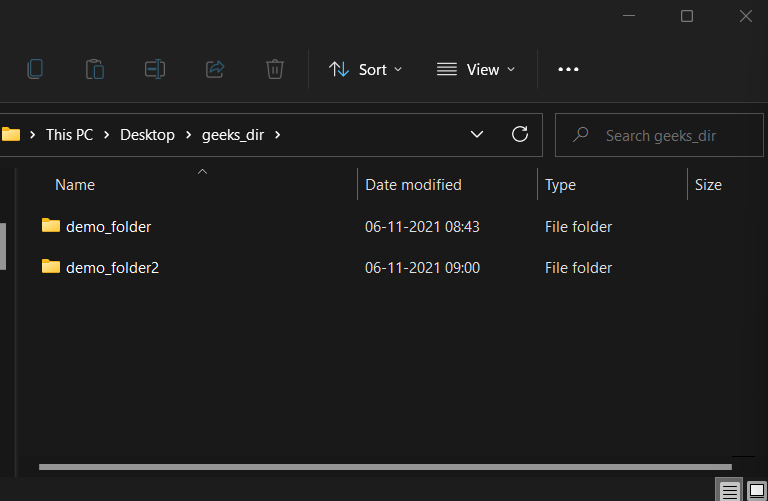
![How to check if a Directory exists in Node.js [6 Ways] | bobbyhadz How To Check If A Directory Exists In Node.Js [6 Ways] | Bobbyhadz](https://bobbyhadz.com/images/blog/check-if-directory-exists-in-node-js/check-if-directory-exists-using-fs-access.webp)


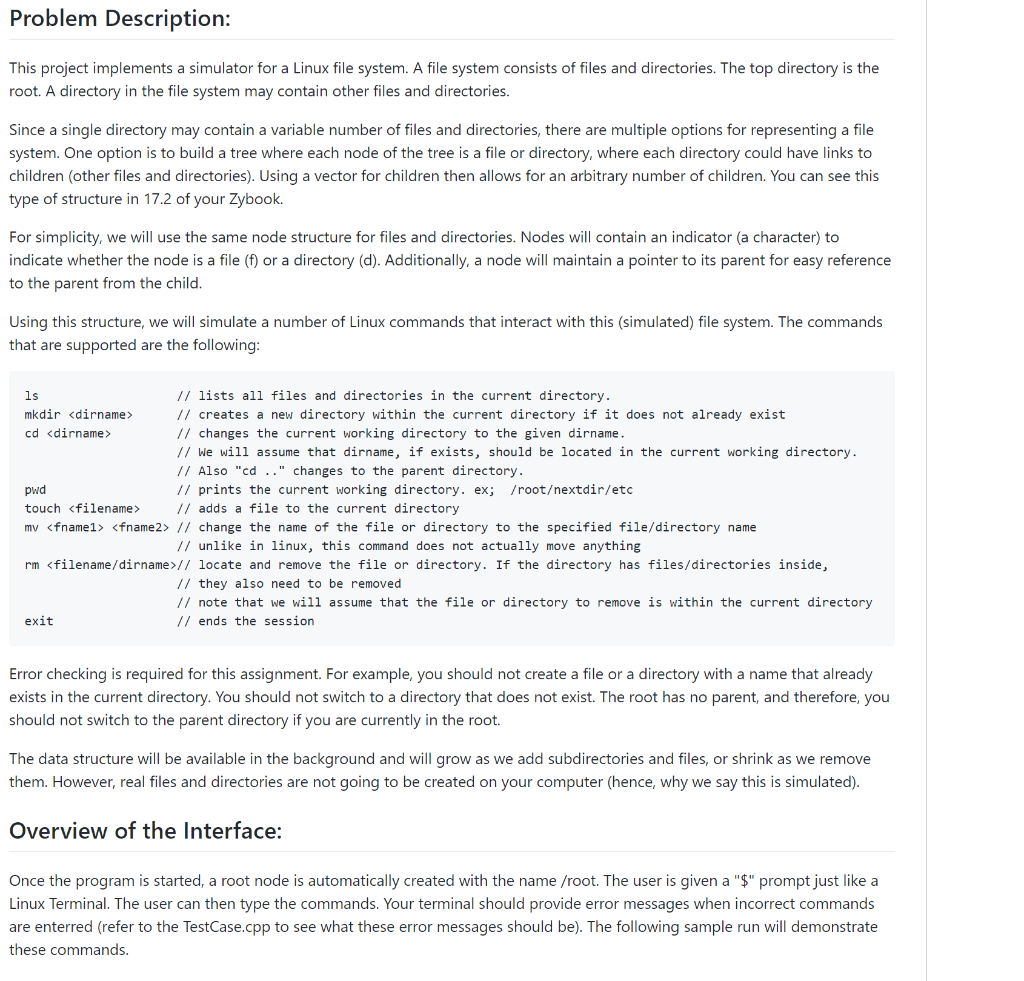



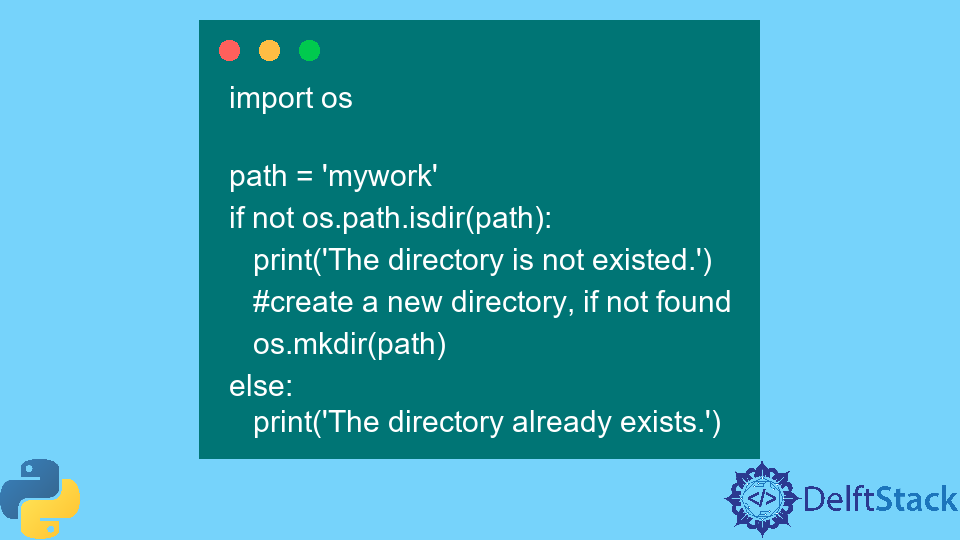




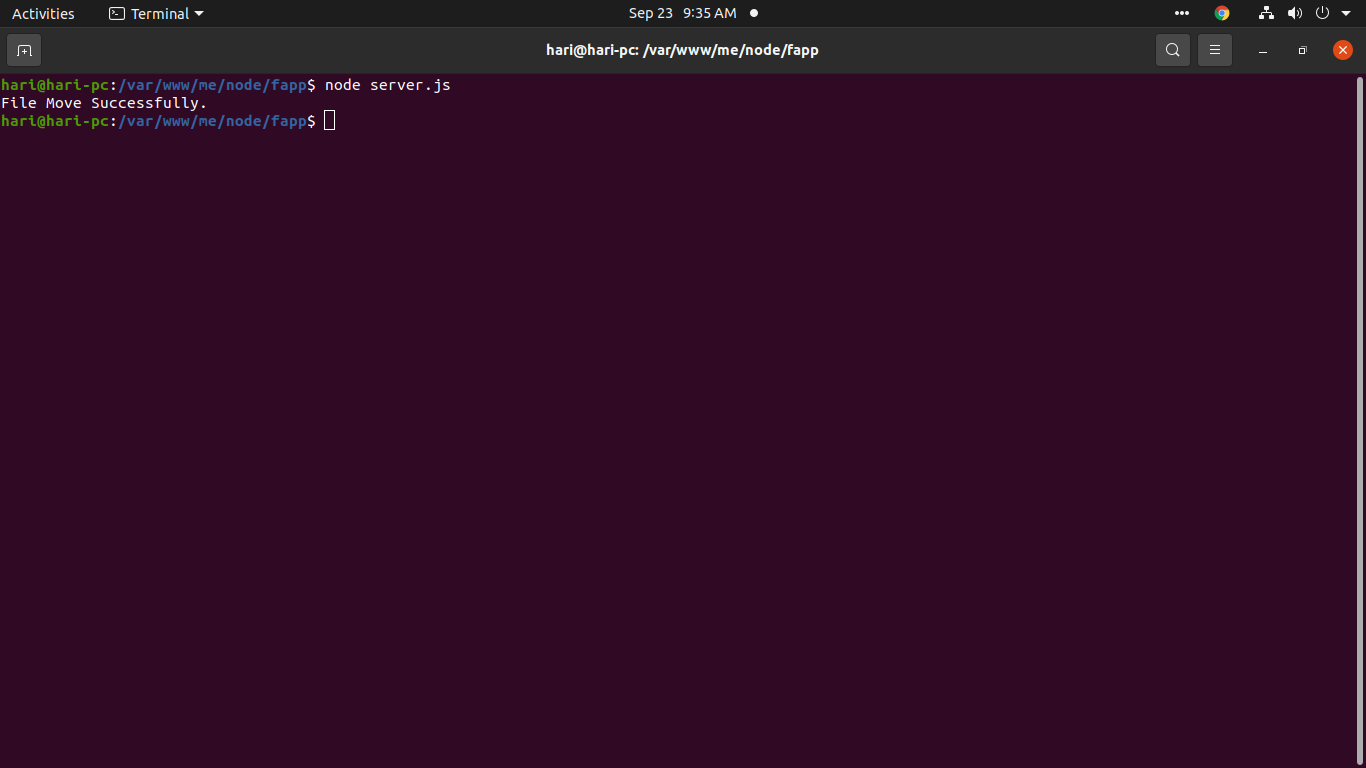

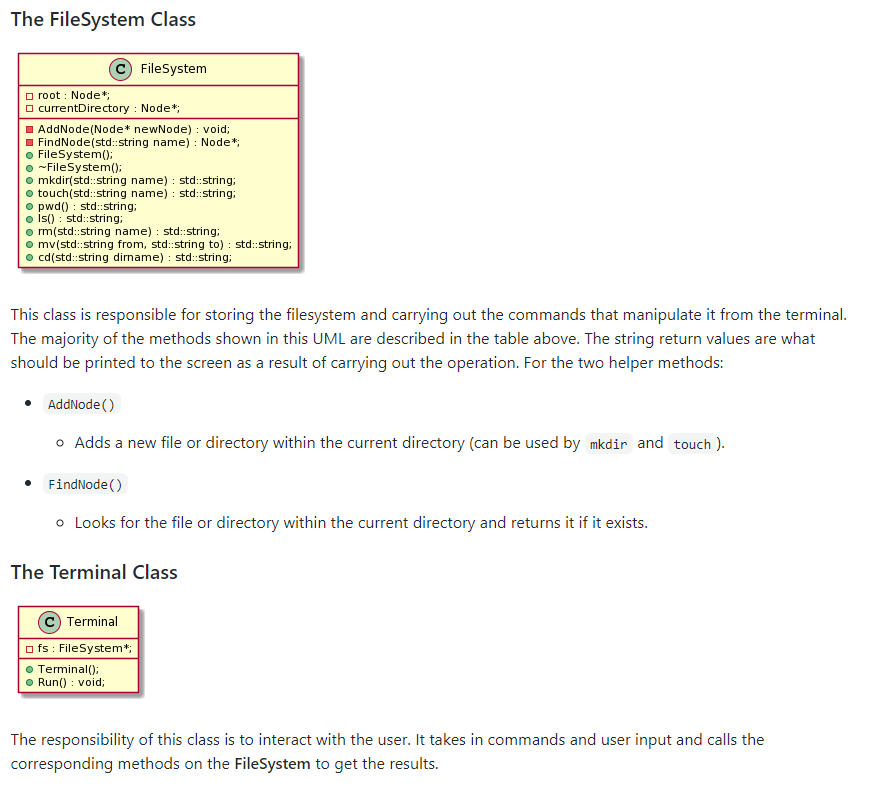
Article link: node mkdir if not exists.
Learn more about the topic node mkdir if not exists.
- How to create a directory if it doesn’t exist using Node.js
- How to Create Directory if does not Exists in Node JS?
- Working with folders in Node.js – NodeJS Dev
- Working with folders in Node.js – NodeJS Dev
- Process of Creating Directory and Temp-directory with Node.js
- JavaScript – Create directory if not exists – 30 seconds of code
- Node.js: Ways to Create a Directory If It Doesn’t Exist
- How to create a directory using Node.js ? – GeeksforGeeks
- NodeJS Create folder if not exists in 3 lines – No dependencies
- nodejs create folder if not exist Code Example
- How to create a directory if it doesn t exist using Node js
- How to check if a Directory exists in Node.js [6 Ways]
- Like writeFileSync but creating all folder paths if not exist
See more: https://nhanvietluanvan.com/luat-hoc/